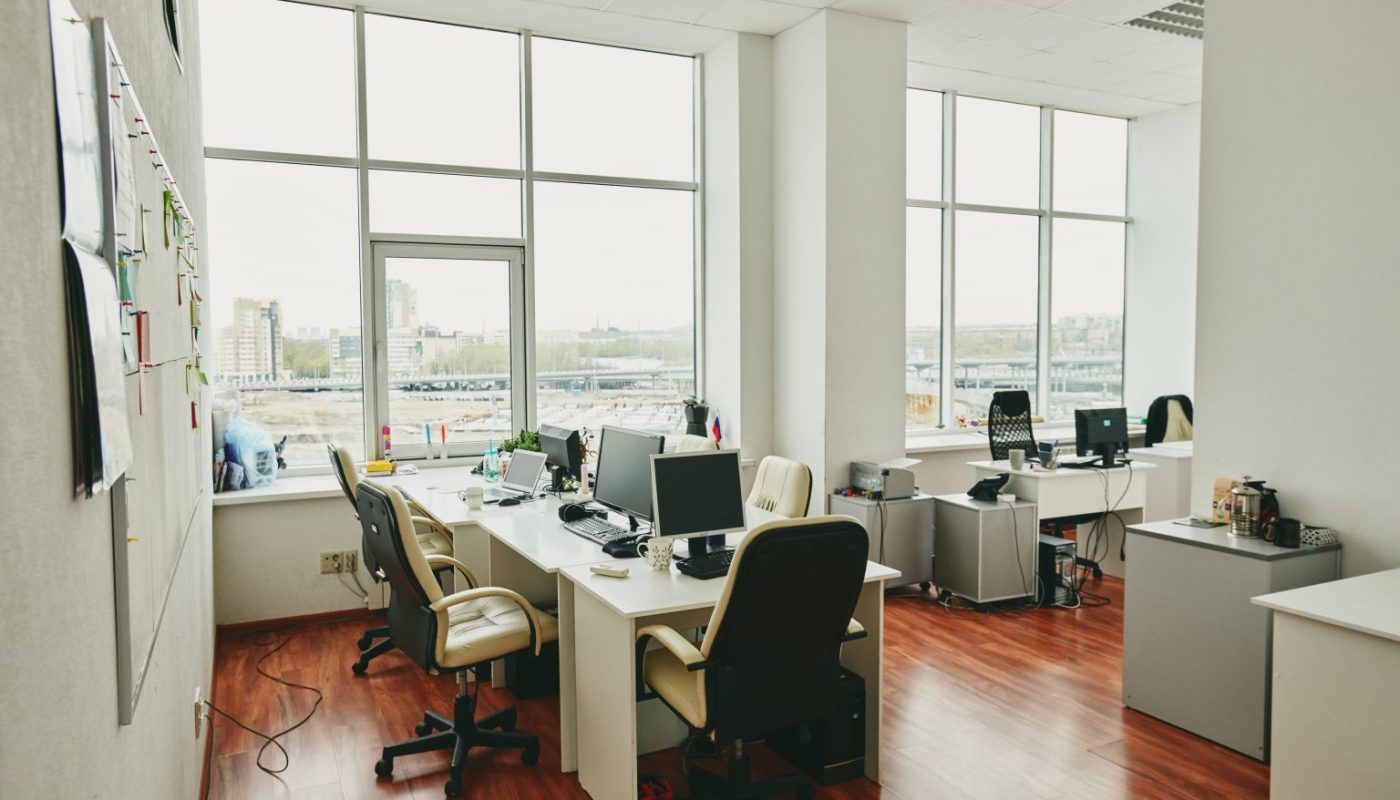The color of your office furniture and decor can have a significant impact on the productivity, mood, and creativity of your employees. Color psychology is the study of how color affects human behavior and emotions. Choosing the right color scheme for your office furniture and design can create a comfortable and productive work environment. In this blog post, we will discuss the role of color in office furniture and design, and how to choose the right colors for your workplace.
The Psychology of Color
Color psychology suggests that different colors have different effects on human behavior and emotions. For example, blue is associated with calmness and productivity, green with balance and harmony, yellow with energy and creativity, and red with passion and urgency. Choosing the right colors for your office furniture and design can help create the desired emotional and behavioral responses from your employees.
Creating a Color Scheme
When creating a color scheme for your office furniture and design, it’s essential to consider the type of work your employees do and the overall atmosphere you want to create. A modern tech startup may benefit from bright, vibrant colors that promote creativity and innovation, while a law firm may opt for more subdued, professional colors that convey a sense of reliability and trustworthiness.
Using Color in Furniture
Color can be used in various ways to enhance your office furniture’s design and functionality. For example, using colorful accents or upholstery on chairs and sofas can create a comfortable and inviting space for employees and visitors. Using colorful cabinets or shelving can help organize your workspace while adding a pop of color to the room.
Using Color in Decor
Color can also be used in decor elements such as wall paint, artwork, and lighting fixtures. Choosing the right colors for these elements can have a significant impact on the mood and atmosphere of your workplace. For example, warm, earthy tones can create a cozy and inviting atmosphere, while bright, bold colors can promote creativity and energy.
Incorporating Brand Colors
Incorporating your brand colors into your office furniture and design can help reinforce your brand identity and create a cohesive and professional look. Whether it’s a subtle hint of your brand color in the upholstery of a chair or a bold wall painted in your company’s signature color, incorporating brand colors can help create a strong and memorable impression on employees and visitors.
Branding
Using company colors in office furniture and design can help reinforce branding and create a cohesive visual identity for the company. This can include using colors in the company logo or other branding materials to create a consistent look throughout the office.
Flexibility
Some office furniture designs allow for customization and flexibility in color choices, allowing companies to easily switch up their color scheme without having to purchase all new furniture. This can be a cost-effective way to keep the office looking fresh and up-to-date.
Lighting
The lighting in an office can also affect how colors are perceived. Natural light and artificial light sources can change the way colors appear, so it’s important to consider lighting when choosing office furniture colors. For example, a color that looks bright and bold in natural light may appear dull and muted in artificial light.
Cultural considerations
Different cultures have different associations with colors, and it’s important to consider this when designing an office space. For example, in some cultures, red is considered a lucky or auspicious color, while in others it may be associated with danger or warning. Understanding these cultural differences can help ensure that the office design is appropriate and respectful.
Psychological Effects
Colors can have a psychological impact on people, and this is something that should be considered when designing an office space. For example, blue is often associated with calmness and productivity, while yellow is associated with energy and creativity. By choosing the right colors for your office furniture and design, you can create a workspace that not only looks good but also promotes positive emotions and productivity among your employees.
In conclusion, the color of your office furniture and design plays a crucial role in creating a productive, comfortable, and welcoming workspace. By understanding the psychology of color and using it to create a thoughtful color scheme, you can enhance your employees’ moods and behavior while reinforcing your brand identity.




